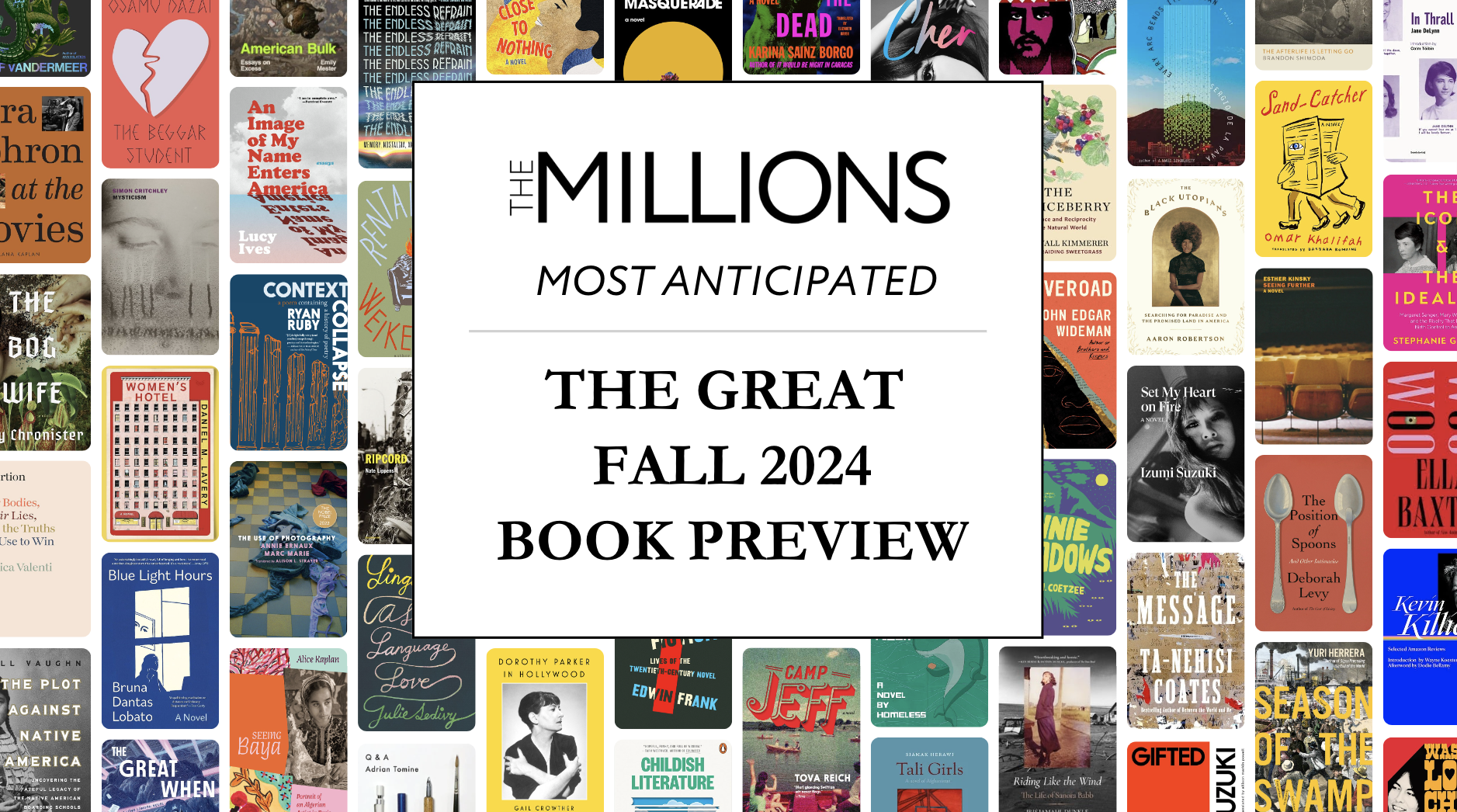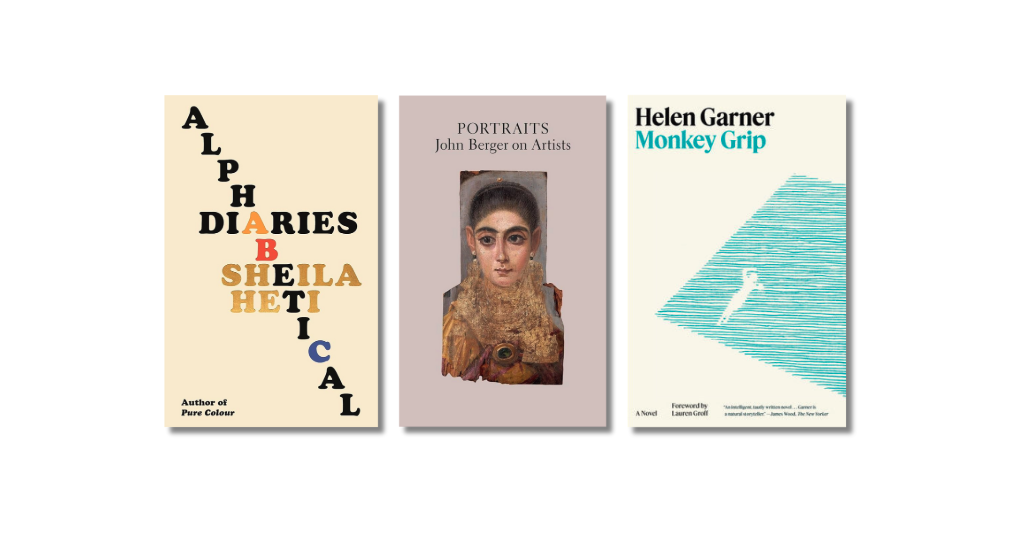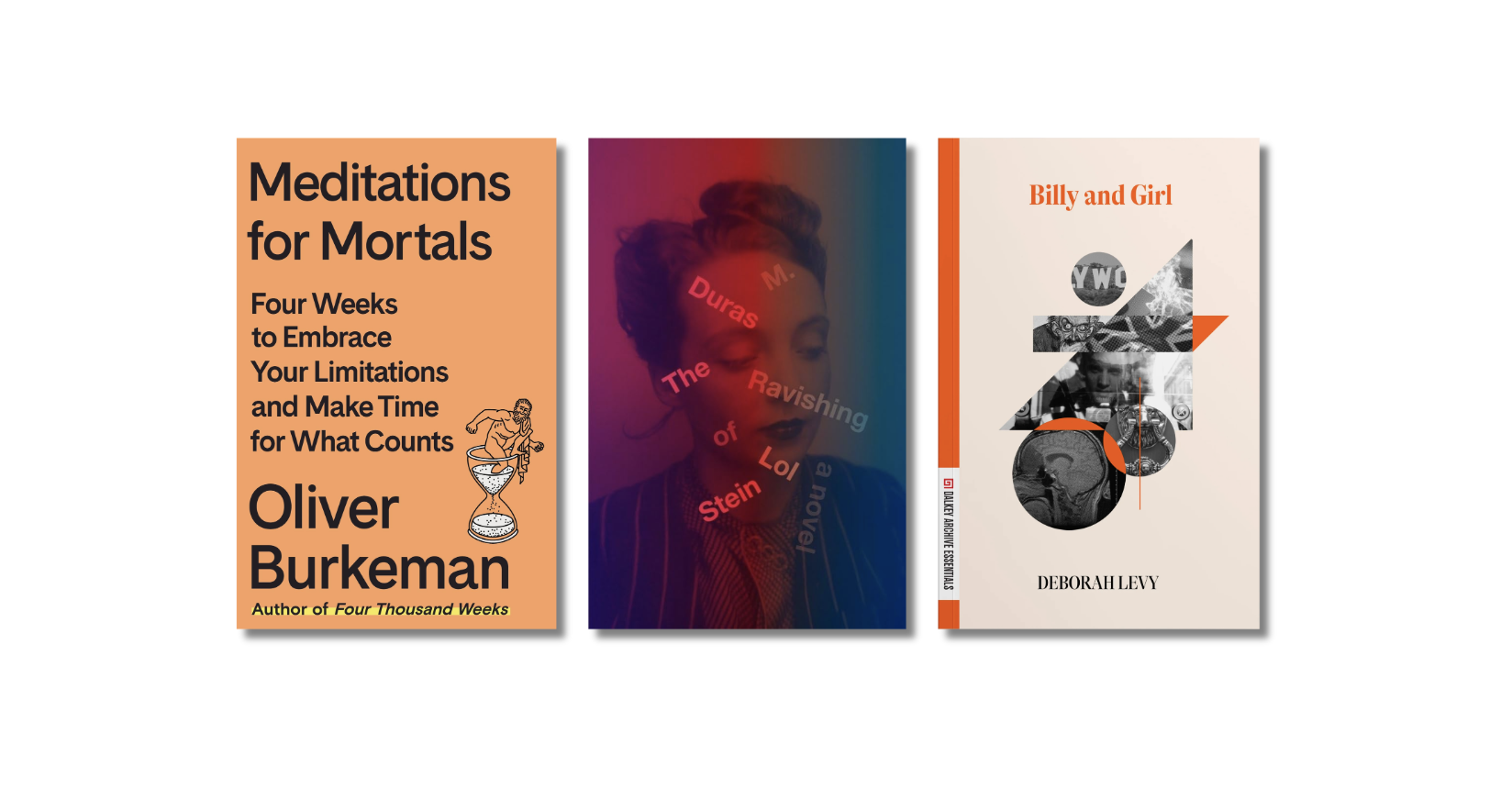Last fall, a student at Academy of Art University in San Francisco was expelled for writing an extremely violent short story for a creative writing class. In the fallout, the instructor was dismissed after it was revealed that she had assigned the class to read a somewhat graphic story by David Foster Wallace prior to the incident. At the end of March the San Francisco Chronicle broke the story and incited a furor among a number of the country’s literary luminaries. I first heard about this at Scott McCloud’s blog (scroll down to 4/4). McCloud had heard about the scandal from Neil Gaiman (author of American Gods and many others), who had been the recipient of an email sent out by Daniel Handler AKA Lemony Snicket, the children’s author, after Handler was barred from speaking at the Art Academy. Handler’s forceful ejection was recounted here, where we also see that Dave Eggers and Michael Chabon are going on the attack. All of which brings us to today’s opinion piece in the New York Times, in which Pulitzer prizewinner (for The Amazing Adventures of Kavalier & Clay) Chabon muses in a pleasantly obscure way about being a teenager under a headline that, rather oddly, references Jonathan Lethem’s most recent novel. So, what does this all mean? Here’s my prediction: Team American Contemporary Writers will place enough pressure on the Academy of Art that it will be forced to issue a public apology. The fired instructor will get hired at another liberal-leaning university, and the expelled student will sign a lucrative book deal on his way to becoming the next Bret Easton Ellis. Most folks who are commenting on this believe that it is indicative the American fear of the teenager that lingers from Columbine. That is most definitely true, but it is also indicative of the fact that the Academy of Art University in San Francisco faculty and administration don’t seem to be very adept at handling a minor crisis, nor are they particularly well-read. Gaiman mentions this on his blog: “according to Daniel Handler they got a letter of remonstrance from Salman Rushdie, and didn’t recognize the name,” and according to the Chronicle story, “[the Academy of Art administration was] none too pleased that the instructor was teaching Wallace’s story. “Nobody had ever heard of him,” [the instructor] said. “In fact, they kept calling him George Foster Wallace.” (Thanks to my friend Brian for forwarding the Times op-ed to me this morning.)









